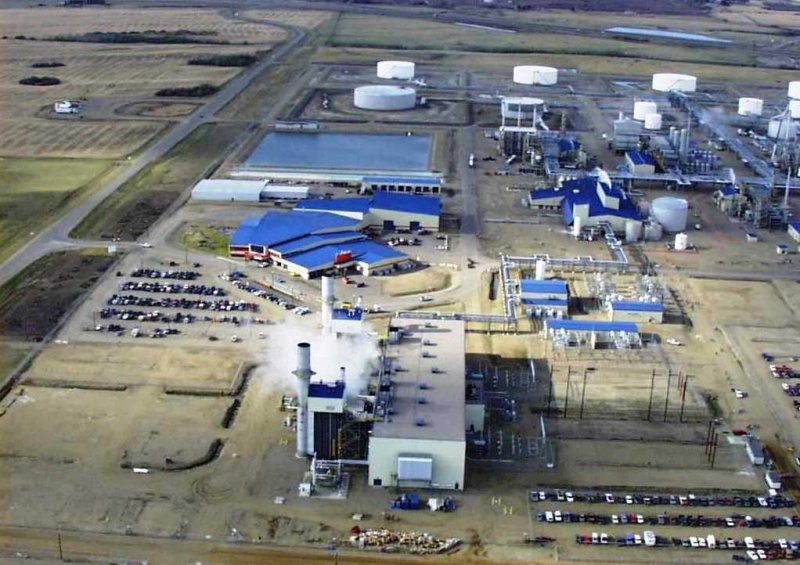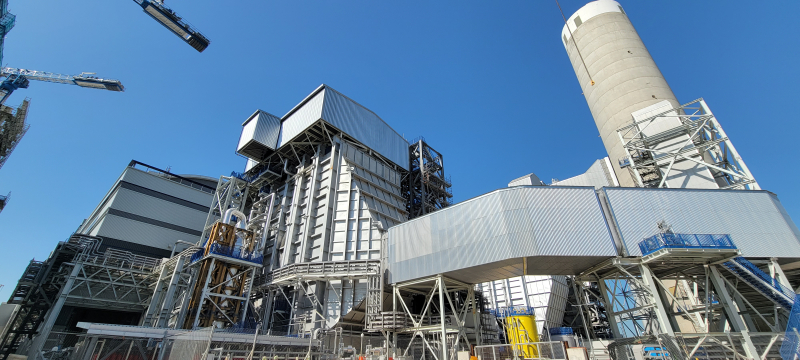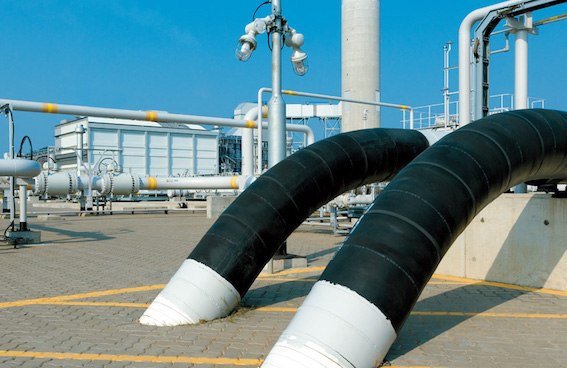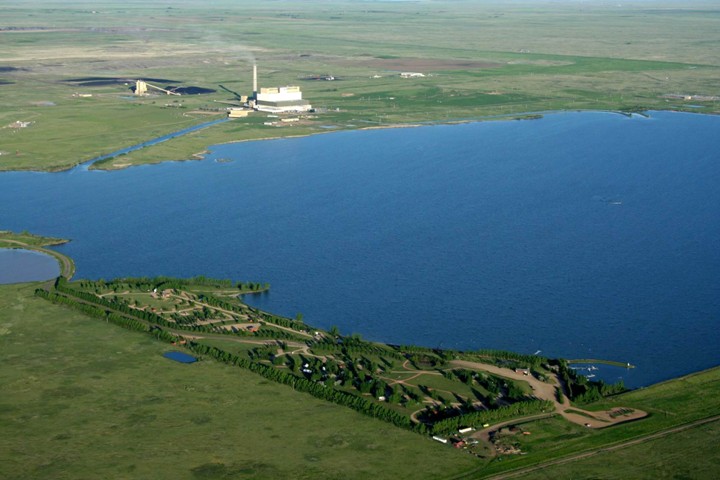Energy Made Safe for People and the Planet
Power stations are remote, imposing and essential to everyday life. These massive installations touch everyone in a modern economy, but most people will never visit the source of their daily joule. Explosive fuels are transformed into a steady stream of energy that safely powers everyone’s lives. This


Safety first
HK Electric has inputs for both coal and natural gas at their plant, which is located on an island away from the bulk of the 1.3 million residents and daytime workers on Hong Kong Island. But the safety of the 525 staff, 600 contractor workers and up to 6,300 residents of Lamma Island, home to HK Electric’s power plant, is of paramount concern.
While HK Electric now has two fuel sources flowing to two types of turbine, the cleaner of the two is clearly ascendant. The newer element is liquefied natural gas (LNG). Natural gas now makes up about 50% of the fuel mix. Designers had to meet the extra challenge of building in new capacity for a wholly different system for LNG. Given the risk of a problem with one fuel source spreading to the other, the materials in the facility are kept 1.5km apart.
The safety of the 525 staff, 600 contractor workers and up to 6,300 residents of Lamma Island, home to HK Electric’s power plant, is of paramount concern.
Across the Pacific and over the Canadian Rockies, Canadian Power operates solely gas-fuelled facilities. In addition to technological sensors, Canadian Power enhances safety by using a powerful biological tool – the sense of smell of their staff and customers. Most people don’t realise that the rotten egg smell associated with natural gas isn’t normal – an odoriferous agent, mercaptan, is added. Making leaks detectable by smell increases the chance of detection by people working at the plant, in industry or using gas at home. HK Electric’s plant uses different safeguards suitable for electricity generation to avoid the off-putting smell.
Most people don’t realise that the rotten egg smell associated with natural gas isn’t normal – it has to be added.

Within the plants in both Hong Kong and Canada, a wide array of sensors are constantly monitoring the systems for malfunctions and potential hazards. The gas turbines themselves have redundant fail-safes so that if they run too fast, either an automatic computer-driven shutdown will occur or a mechanical fail-safe will kick in. Power source flows are halted, doors shut and pressure relief valves vent safe materials (such as steam) to avoid pressure build-ups. For Canadian Power, they also monitor the safe distribution of steam and gas to select customers in an array of settings as diverse as hospitals and power plants. Plants in Hong Kong and Canada have operated without major incident for decades.

All earth’s creatures, great and small
HK Electric’s specially sourced, comparatively clean coal served Hong Kong well as it grew to become a thriving metropolis. But now, coal’s days are numbered. It is planned to be completely phased out by 2035 at the latest.
LNG can’t be stored on site, so is constantly flowing in via a 92km-long subsea pipeline that stretches from an LNG terminal in
The pipeline could only be designed and installed after considering the impact on marine traffic, the environmental impact and fisheries resources.
Power delivery is through overland pipelines and gas turbines that enable the delivery of electricity, gas and steam to
The use of water as a safety measure to cool the gas turbines in Canada can also be used to enhance the environment. The Sheerness cooling pond in Hanna, Alberta contains the run-off from the cooling procedure and provides a source of water for residents, irrigation for farmers, habitat for wildlife and recreational facilities for campers and boaters.
Power plants are massive investments that are depended on to provide safe, steady electricity and a return on capital that makes reinvestment possible. Careful design ensures that this happens safely for people, and the protection of the planet must be incorporated from original buildout and then as part of the continuous upgrades that bring new technologies into play. CK Infrastructure power plants are delivering a future where energy becomes safer and greener in every iteration.
